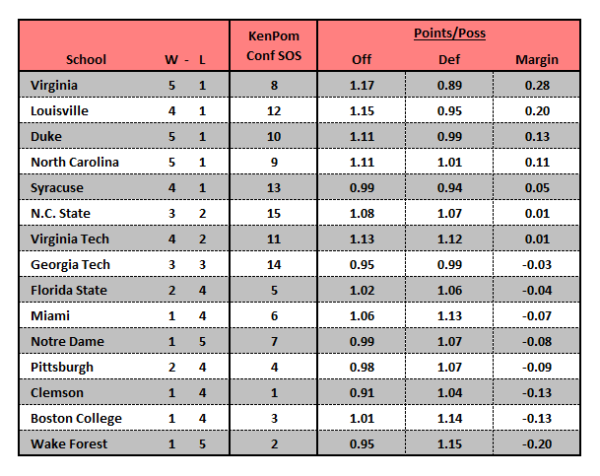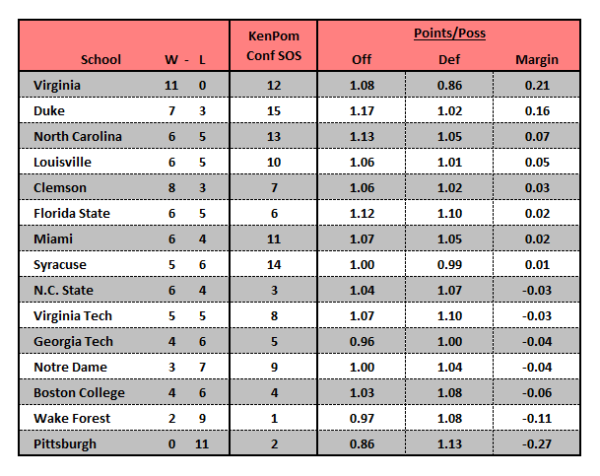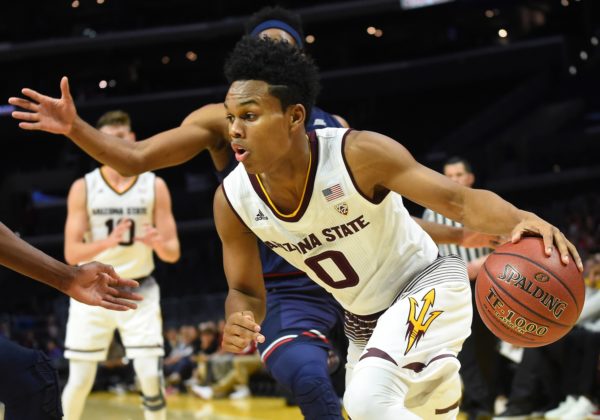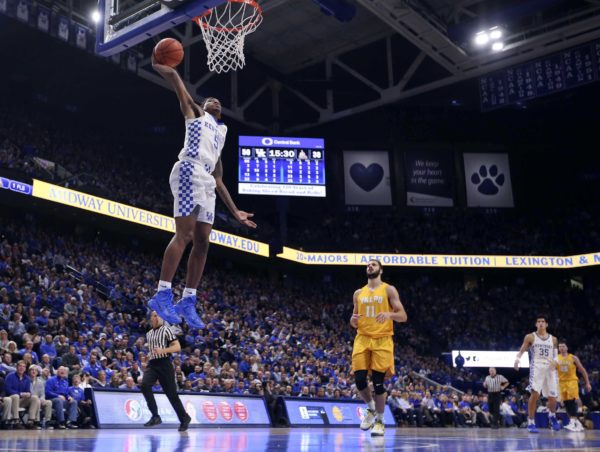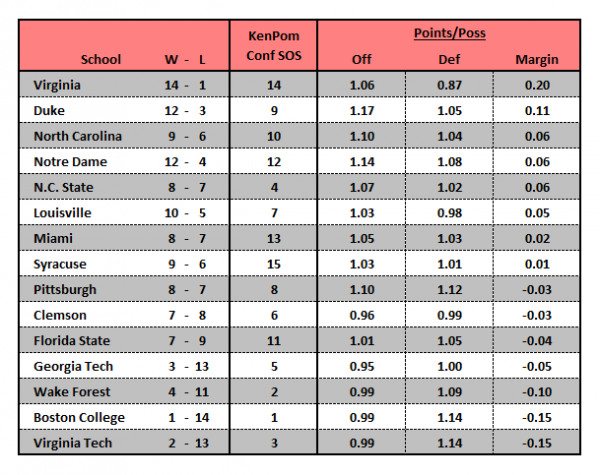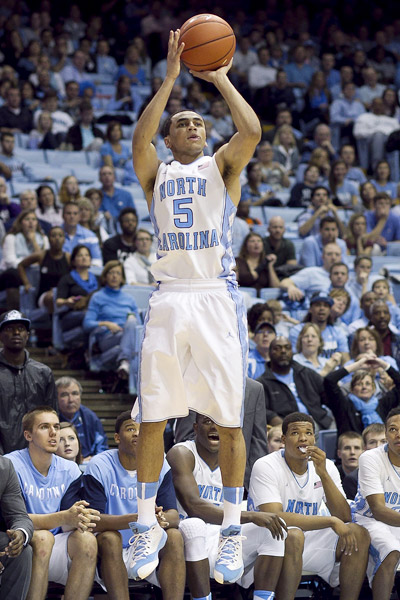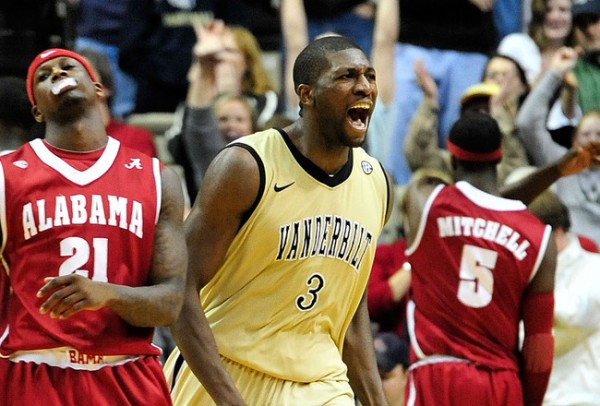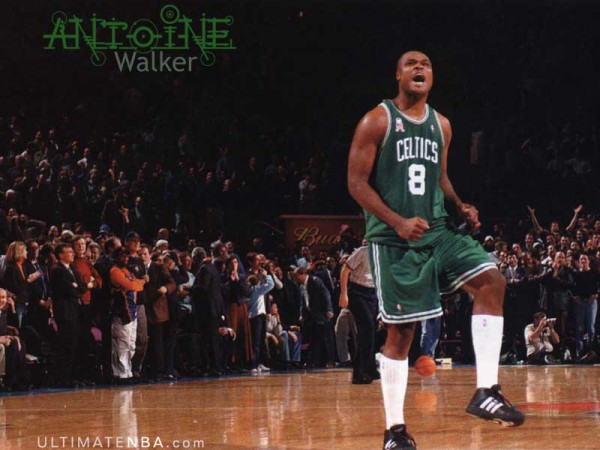Posted by EJacoby on January 10th, 2012

Evan Jacoby is an RTC columnist and contributor. You can find him @evanjacoby on Twitter. TT4 will cover four selected teams of interest – Syracuse, Indiana, Murray State, and UNLV – by tracking their ups, downs, and exciting developments throughout the course of the season.
Welcome to Tracking The Four! This new series reads just like it sounds, as we will be following four buzz-worthy teams across the country. Those lucky teams are Syracuse (current #1 team and a title favorite), Indiana (a feel-good contender), Murray State (undefeated dreams), and UNLV (the best of the West). With TT4, we hope to provide readers with interesting insights about each of the featured teams that helps capture the atmosphere of the programs throughout the rest of the season. Look for a full TT4 piece every Tuesday, as well as a shorter update later in the week. Each post will be loaded with highlights, lowlights, and tidbits about each team, as well as recaps from their recent play and a look ahead at their upcoming games. Conference play is well underway and there’s plenty of news to get to this week:

Kris Joseph & Syracuse are All Smiles Right Now (Getty Images/A. Lyons)
Syracuse Orange
- Trending UP Because… – They’re looking like national title favorites. The undefeated Orange (17-0, 4-0 Big East) remain number one in every national poll, including the RTC Top 25, with its consistently dominant play. They’ve beaten their four conference opponents by an average of 16.5 points, which includes two road games and two home games against ranked teams (Seton Hall & Marquette). Seton Hall has proven to be a solid and cohesive offensive team, yet the Pirates were blown out of the gym by Syracuse in a 75-49 thrashing. The Orange are the deepest team in the country with 10 meaningful contributors, and their patented 2-3 zone is as strong as ever. Jim Boeheim‘s team is now making bigger headlines on the court than off it (the Bernie Fine sexual harassment allegation was a big story), a refreshing trend for the sake of all its fans.
- This Week’s Key Cog – Brandon Triche. The junior guard led the team in scoring last week, going for 16 points at Providence on Wednesday and another 16 at home against Marquette on Saturday. He hit four three-pointers in each game with an impressive line of 16/7/4 assts and two steals in the victory over Marquette.
- Play of the Week – Point guard Scoop Jardine finds his go-to guy Kris Joseph in transition for a thunderous dunk from several feet away from the basket against Providence.
- Talking Point – Guard Dion Waiters, who comes off the bench, had this to say after the win over Providence: “I’ve never been on a team with subs like this. It’s crazy. We continue to get better and make each other better in practice every day. We’ve got some of the best guards in the country.’’
- Stats Central – Syracuse leads the nation with 37.5 points per game from its bench, further proving that they’re the deepest team in America. Also, their zone defense has been truly elite this season, as the Orange lead the country in steals (10.9 per game), are third in blocks (7.4 per game), and fifth in forcing turnovers (18.7 per game).
- What’s Next? – The Orange play at Villanova on Wednesday at the Wells Fargo Center in Philadelphia (7:00 PM ET, ESPN2) against a struggling Wildcats team, but it’s still a rivalry game in which the Villanova crowd should be fired up and looking for the upset. Then, Cuse gets its second matchup with Providence, this time at home on Saturday (6:00 PM ET) as heavy favorites.
| Regular Features, tracking the four
| Tagged: 2-3 zone, anthony marshall, ap poll, assembly hall, big east, big ten, blocks per game, brandon triche, carrier dome, chace stanback, christian watford, cody zeller, conditioning, conference play, dave rice, depth, dion waiters, donte poole, hoosiers, indiana, indiana at ohio state, isaiah canaan, jim boeheim, jordan hulls, kris joseph, matt roth, mike moser, mountain west, murray state, murray state vs. tennessee tech, offensive efficiency, ohio valley, Orange, racers, runnin' rebels, scoop jardine, stacey wilson, steals per game, steve prohm, syracuse, syracuse at villanova, three-point shooting, tom crean, top 25, tracking the four, true shooting percentage, TT4, turnovers per game, undefeated season, unlv, UNLV at SDSU, zone defense
Share this story
